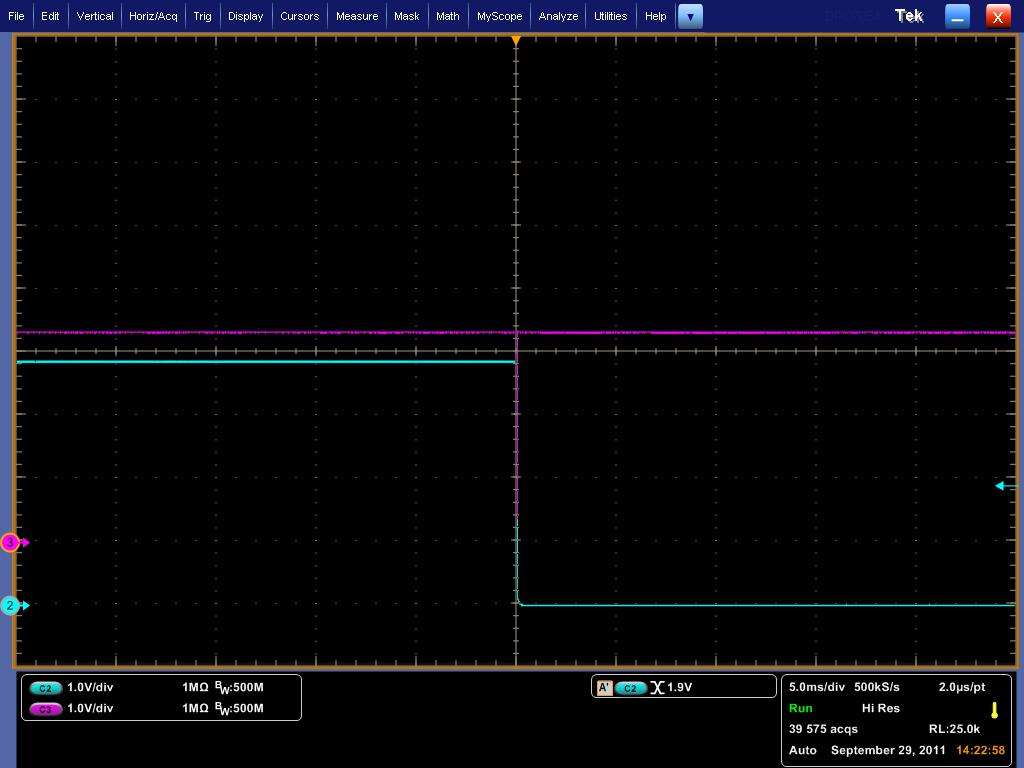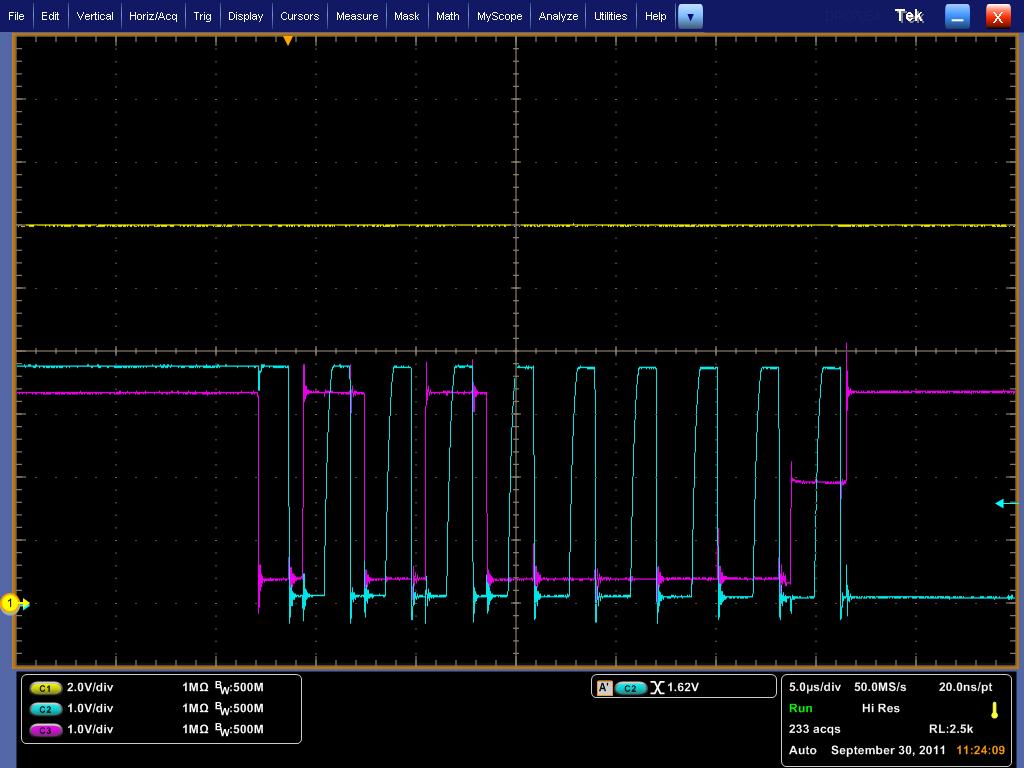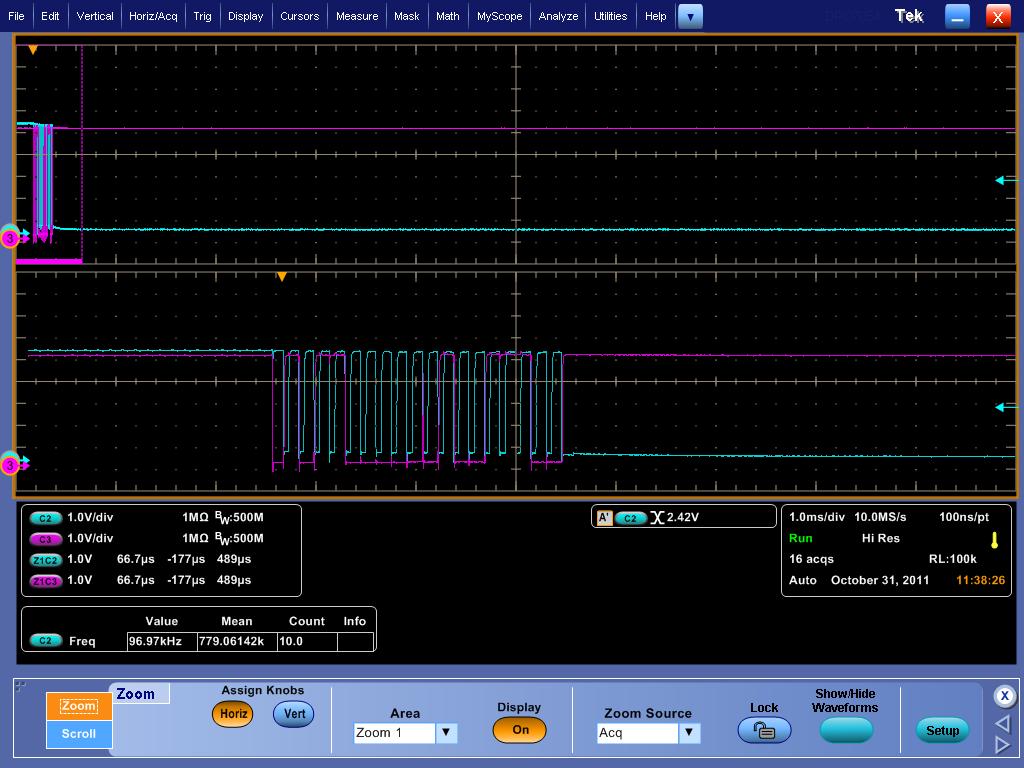Hi
When writing data on the I2c bus in what order should i setup the i2c module?
The way i have it right now is. 1. set slave address register and data counter. 2. set mode register 3. start writing data to data transmit register.
The other issue i am having is that once my data has been sent the bus is still being held busy (i can see from the status register), and I can't seem to free up the bus, even clearing the Bus Busy bit in the status register doesn't help.
Thanks
Jordan


 Hello vishal,
Hello vishal,



